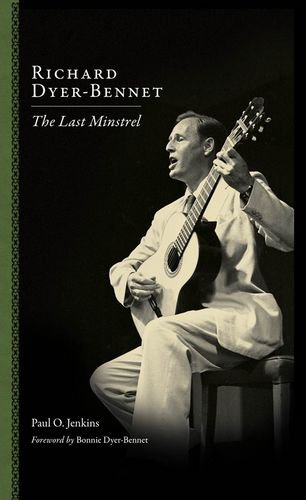

Most ebook files are in PDF format, so you can easily read them using various software such as Foxit Reader or directly on the Google Chrome browser.
Some ebook files are released by publishers in other formats such as .awz, .mobi, .epub, .fb2, etc. You may need to install specific software to read these formats on mobile/PC, such as Calibre.
Please read the tutorial at this link: https://ebookbell.com/faq
We offer FREE conversion to the popular formats you request; however, this may take some time. Therefore, right after payment, please email us, and we will try to provide the service as quickly as possible.
For some exceptional file formats or broken links (if any), please refrain from opening any disputes. Instead, email us first, and we will try to assist within a maximum of 6 hours.
EbookBell Team

4.8
24 reviewsIn the 1940s and '50s, Richard Dyer-Bennet (1913-1991) was among the best known and most respected folk singers in America. Paul O. Jenkins tells, for the first time, the story of Dyer-Bennet, often referred to as the "Twentieth-Century Minstrel." Dyer-Bennet's approach to singing sounded almost foreign to many American listeners. The folk artist followed a musical tradition in danger of dying out. The Swede Sven Scholander was the last European proponent of minstrelsy and served as Dyer-Bennet's inspiration after the young singer traveled to Stockholm to meet him one year before Scholander's death.
Dyer-Bennet's achievements were many. Nine years after his meeting with Scholander, he became the first solo performer of his kind to appear in Carnegie Hall. This book argues Dyer-Bennet helped pave the way for the folk boom of the mid-1950s and early 1960s, finding his influence in the work of Joan Baez, Judy Collins, and many others. It also posits strong evidence that Dyer-Bennet would certainly be much better known today had his career not been interrupted midstream by the anticommunist, Red-scare blacklist and its ban on his performances.
.